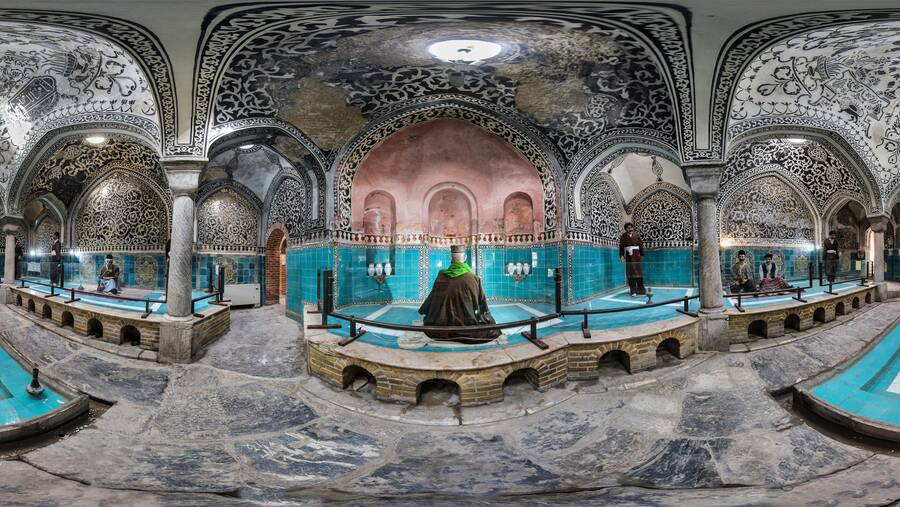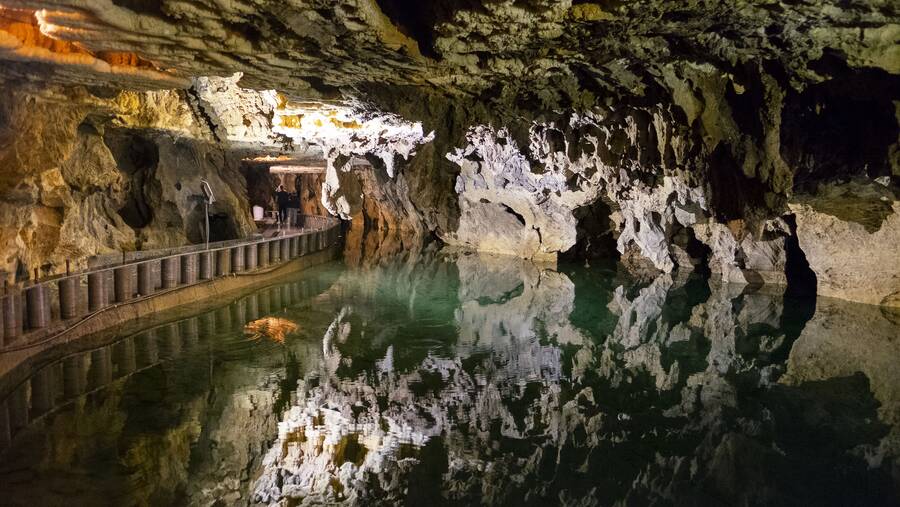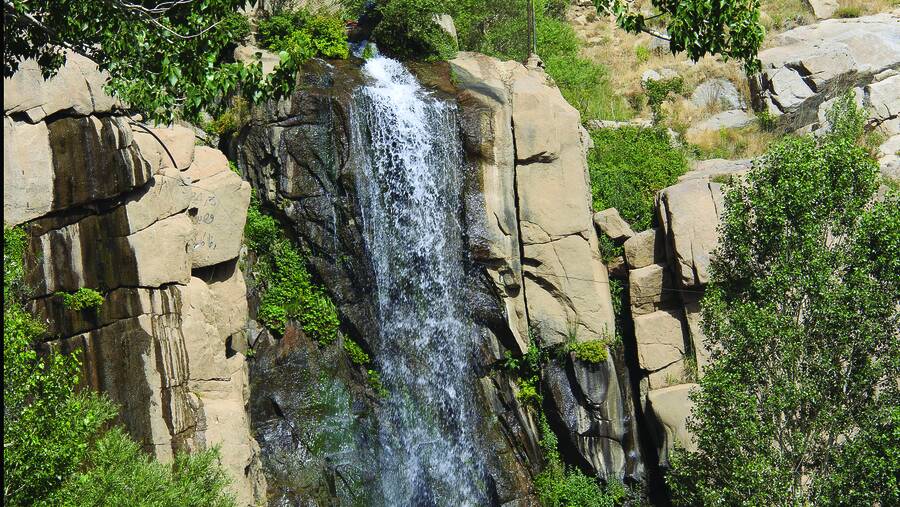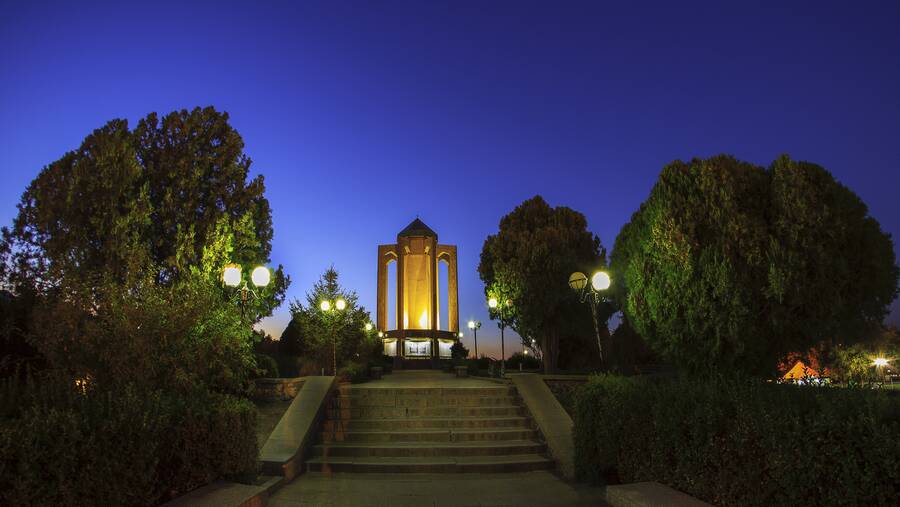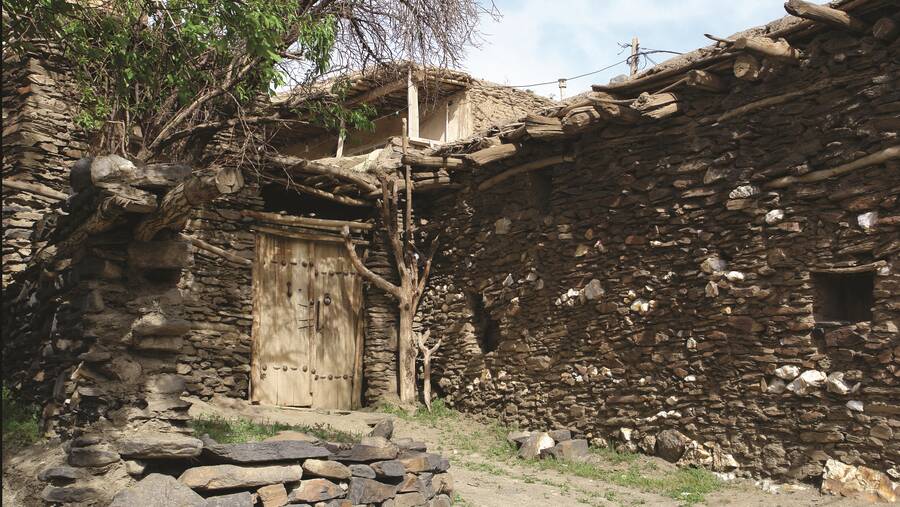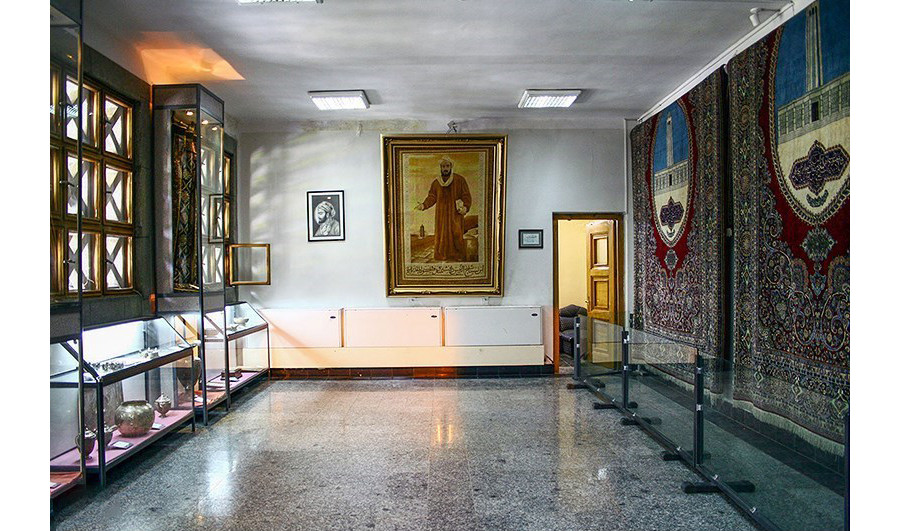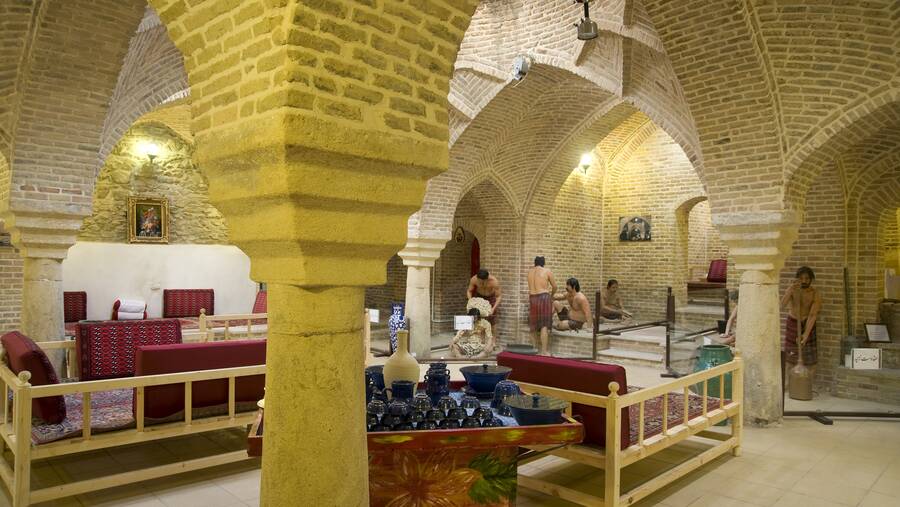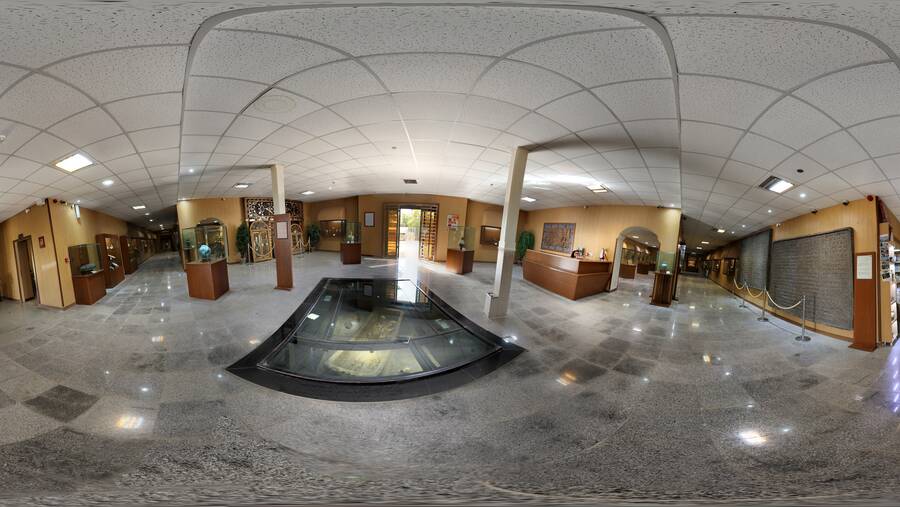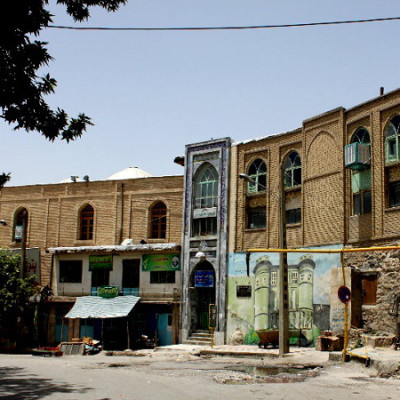Nahavand is located in the southwest of Hamedan province at the height of 1661 meters above the sea level.
The climatic conditions of the Nahavand are mountainous moderate and it has the shortest ice period among the other cities of Hamedan province.
Nahavand consists of four districts named as “Markazi’’, ’Zarin Dasht”, ”Khezel”, ”Gian“, four cities as “Nahavand “, ”Gian“, ”Firuzan“, ”Barzul“ and 9 rural districts.
Nahavand is the third largest city of Hamedan province after Hamedan and Malayer one of the ancient and historical cities of Iran that enjoys a significant variety of historical monuments, tourism and souvenir. The economy of this region is depended on agriculture and animal husbandry.
Handicrafts and rug weaving are the other main and important activities of this region, which are produced by villagers and nomads. Nahavand people speak in Farsi with Luri or Laki dialect. The people of this city are Muslims and followers of Shia.
-k-main.jpg)
